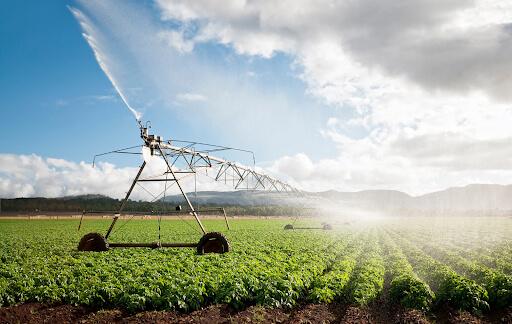Decoding Crucial Trends in the Global Variable Rate Technology (VRT) Market

One of the most defining and prevalent Variable Rate Technology VRT Market Market Trends is the shift from map-based VRT to more advanced, real-time, sensor-based VRT. The traditional approach to VRT involves a two-step process: first, a "prescription map" is created based on historical yield data, soil samples, or satellite imagery, and then this static map is loaded into the VRT controller to guide the application. The new and rapidly emerging trend is to use on-the-go, real-time sensors mounted directly on the farm machinery to make application decisions in the moment. For example, a nitrogen applicator can be equipped with optical sensors (like GreenSeeker or OptRx) that measure the crop's health (e.g., its NDVI or "greenness") as the tractor moves through the field. The system then uses this real-time data to instantly calculate and apply the precise amount of nitrogen that the crop needs at that very spot, without relying on a pre-made map. This sensor-based approach is more accurate and responsive to the actual, in-season variability of the crop, representing a major leap forward in the precision and effectiveness of VRT.
Another critical trend that is fundamentally reshaping the market is the deep and pervasive integration of multiple data layers and the use of advanced data analytics and Artificial Intelligence (AI) to generate more sophisticated prescription maps. Early VRT prescriptions were often based on a single data source, such as a soil map or a yield map. The current trend is to integrate and analyze a multitude of different data layers to create a much more holistic and accurate picture of the field's variability. Modern farm management software can now overlay data from soil electro-conductivity (EC) maps, elevation maps, multi-year yield data, high-resolution aerial imagery, and weather data. AI and machine learning algorithms are then used to analyze the complex interactions between these different factors and to identify the key drivers of yield variation. This allows for the creation of much more intelligent and nuanced variable rate prescriptions that can, for example, simultaneously vary the seed rate, fertilizer blend, and irrigation level to perfectly match the unique conditions and yield potential of each specific management zone within a field.
A third, highly significant trend is the increasing focus on the variable rate application of not just traditional inputs, but a wider range of agricultural products and practices. While VRT has its roots in varying the rate of fertilizer, seeds, and lime, the technology is now being applied to a much broader set of applications. This includes the variable rate application of pesticides and herbicides, where sensors can detect the presence of specific weeds or pests and trigger a spot-spray application, dramatically reducing the total amount of chemical used. The technology is also being used for the variable rate application of irrigation water, a critical practice in water-scarce regions. Looking forward, the trend is extending to practices like variable depth tillage and the variable rate application of biologicals and soil amendments. This expansion of VRT into a wider range of on-farm practices demonstrates its evolution from a niche tool for nutrient management into a foundational platform for comprehensive, site-specific crop management.
- Art
- Causes
- Crafts
- Dance
- Drinks
- Film
- Fitness
- Food
- Spellen
- Gardening
- Health
- Home
- Literature
- Music
- Networking
- Other
- Party
- Religion
- Shopping
- Sports
- Theater
- Wellness
